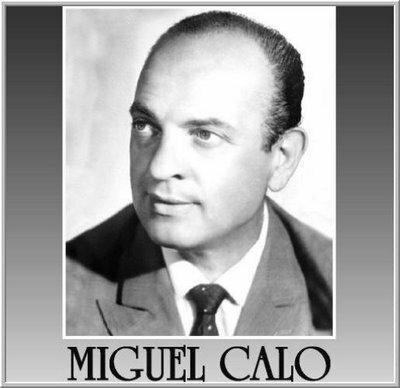Music is one of the fundamental key elements when it comes to learning any kind of dance. It sets the mood, the tempo, the rhythm, and the groove that your body will unconsciously fall into.
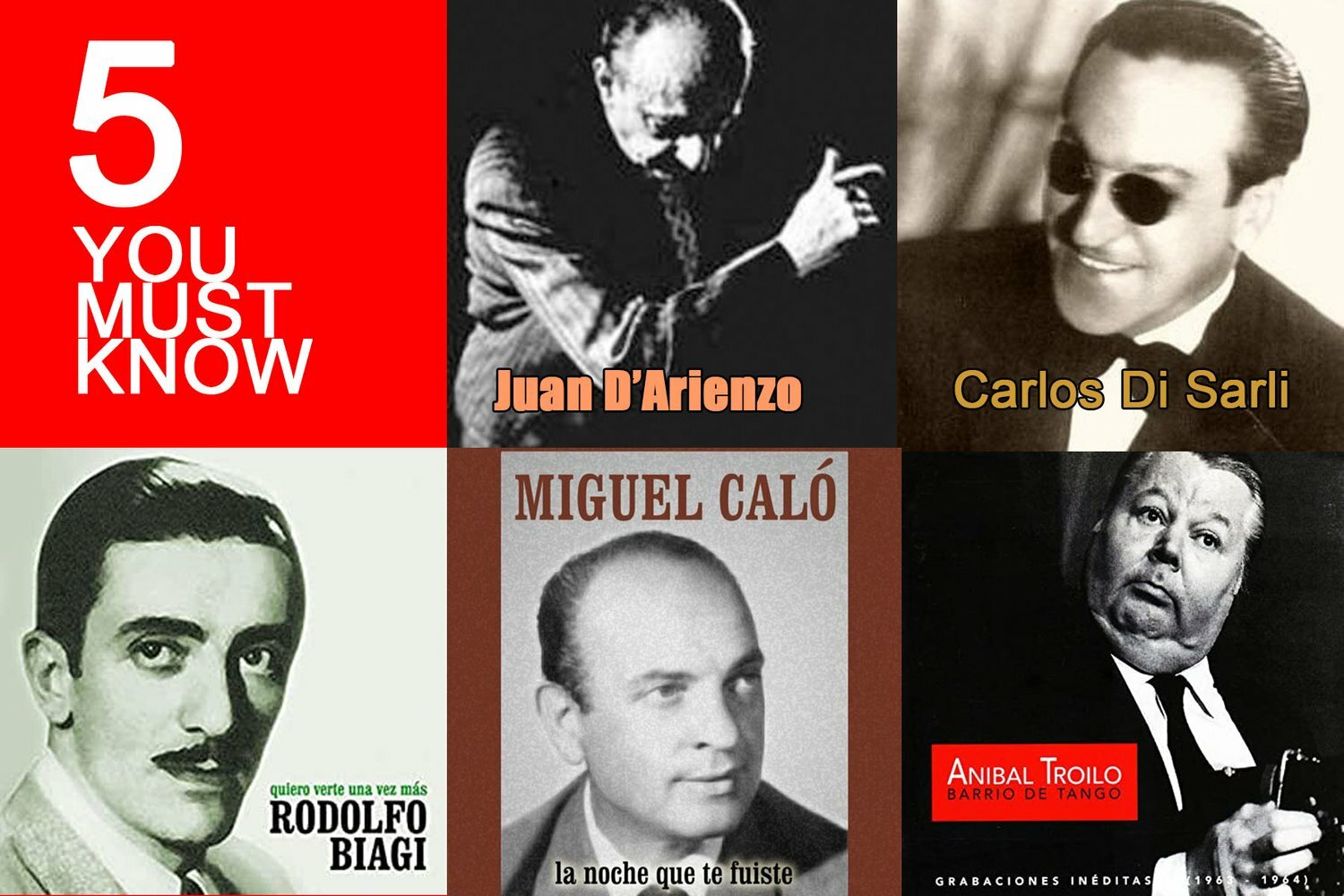
Knowledge about Tango music in general and specific orchestras are very important in the Argentine Tango. This musical style and the Argentine Tango dance itself had managed to overcome the difficult times it faced during the “infamous decade”. According to Elite Dance Studio,
in those years, the Argentine Tango dance was forced underground where, some say, performing it was considered an illegal act.
However, when a big explosion of nationality and laws were passed to promote national music in the 40s, a lot of orchestras were born. In this era, a few people have urged the resurgence of the said musical style and dance.
In fact, the musicologists consider the years 1935 to 1952 as the Golden Age of Tango.
The question now then is, who are the people you shall know? And what have they contributed to the Argentine Tango?
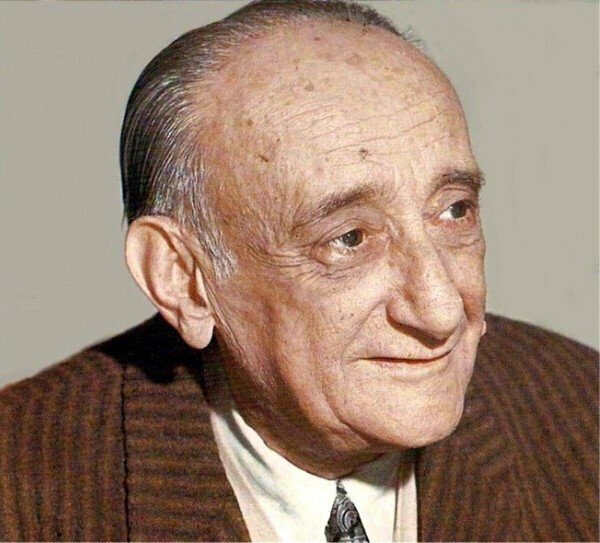
JUAN D’ARIENZO
“El Rey del Compas”
Best known as El Rey del Compas, Juan D’Arienzo’s massive popularity in the mid-30’s has prodded many people to dance the Argentine Tango again. He created a fresh, young, and exciting sound by emphasizing rhythm over melody and harmony.
As stated in Last.fm,
D'Arienzo returned to the 2x4 feel that characterized music of the old guard, but he used more modern arrangements and instrumentation.
Juan D’Arienzo strongly emphasizes the beat as he leads the orchestra.
BRIEF HISTORY: Juan d’Arienzo was born on the 12th of December 1900 to a family of Italian immigrants on the Buenos Aires neighborhood of Balvanera. Just like all the musicians in those times, he started playing violin at a very early age, in very insignificant theaters. He had his first notable performance when he played with the Arata-Simari-Franco theater company, presenting the comic play by Alberto Novión, "El cabaret Montmartre" at the Nacional theater.
However, he started to gain his popularity in the music scene in 1935. With the inclusion of Biagi on his orchestra, there was a change to the time signature. According to Last.fm,
Biagi´s inclusion meant a change of time signature for D'Arienzo orchestra, which changed the four-eight for the two-four; that is to say, he returned to two-four, the fast frolic beat of the early tangos.
NICKNAME: The person who gave the nickname El Rey del Compas was Angel Sanchez Carreño or most commonly known as Príncipe Cubano, an MC at the cabaret Chantecler. As quoted on Wikipedia, D’Arienzo explained,
"Mine was always a tough orchestra, with a very swinging, much nervous, vibrant beat. And it was that way because tango, for me, has three things: beat, impact and nuances. An orchestra ought to have, above all, life. That is why mine lasted more than fifty years. And when the Prince gave me that title I thought that it was OK, that he was right."
HOW TO IDENTIFY D'ARIENZO AT THE MILONGA:
El Recodo Tango created a very concise list below to recognize D’Arienzo’s orchestra.
His accelerated tempo, as regular as a clock (we are not going to slow down!).
His lively style with 4 accents per time.
His sentimental violin, famous "cuarta cuerda" ***See the explanation below.
His shinning transitions at piano
His unexpected and breathtaking stops
His ending "fortissimo": usual perfect cadence, without artifacts and on the same tempo.
CUARTA CUERDA (4th String, D String) - as explained by The Educated Tanguero:
On some old videos from TV production, you can see D’Arienzo in a live recording. First here is the instrumental version of Loca, I would like to refer here to the violin solo of the contrecanto (Contracanto, is the moment when an instrument that normally serves as accompaniment, performs its part in solo, same as a second voice. There is a brief stop on two main instruments. It is meant to enrich the music and also to show the instrument that, usually is considered secondary.)
D’Arienzo always had them played by a soloist. It was typical that he had these passages played by the violin on the 4th string (“cuarta cuerda”, D-string), which produced a fuller (cello-like) sound. At times D’Arienzo played with up to 10 violins in the orchestra. Approximately at time index 1.50 the soloist performs (probably Bernardo Weber) and plays the Contrecanto. Juan Polito plays the piano, the first Bandoneon is Carlos Lazzari (Remember La Juan D;Aruenzo orchestra? - they have the son of Lazzarii as lead banodoneon! so you had heard him live!)

RODOLFO BIAGI
"Manos Brujas"
He was a pianist, composer, and a leader. Rodolfo Biagi, the man behind the revolution of Juan D’Arienzo’s music is most commonly known for the nickname "Manos Brujas". As El Recodo Tango explained,
Biagi brought a great influence by accelerating even more D’Arienzo’s tempo, and with his bright transitions at piano.
BRIEF HISTORY: Rodolfo Biagi was born on the 14th of March 1906. He started his musical career at a young age against his parents’ opinion. Initially he was interested in the violin. He even made a deal with his parents that he would enroll in Escuela Normal de Profesores Mariano Acosta in exchange for the said musical instrument. However, he later turned to piano as his medium of expression, and he definitely excelled at it.
He was so talented at the piano that after a few years of playing at the local cinema, the maestro Juan "Pucho" Maglio invited him to join his band. He joined several bands later on such as the orchestra of Miguel Orlando and Carlos Gardel.
However, when Gardel invited him for a tour in Spain, he declined and joined Juan Bautista Guido and Juan Canaro (Francisco’s brother) groups. In this period, he wrote the famous tango Indeferencia.
In 1935, D’Arienzo decided to replace Lidio Fasoli, the pianist of the orchestra who was notorious for his lack of punctuality with his friend Biagi.
During his almost three years stay with D’Arienzo’s orchestra, he established a way of playing that later would be followed by the pianists that came after him.
He left D’Arienzo’s orchestra on 1938 and created his own. He debuted on September 16, 1938 at the cabaret Marabú.

NICKNAME: He had a terrifyingly skilled hand and because of this he helped to lay the foundations for the tango. As Brisbane House of Tango described,
“Manos Brujas (Spellbinding or Magic Hands)” for his energetic and easily recognizable rhythmic style.
HOW TO IDENTIFY BIAGI AT THE MILONGA:
El Recodo Tango created a very concise list below to recognize Rodolfo Biagi’s orchestra.
His clean and rhythmical style
The regular use of the off-beat accent
Vigorous and bright transitions at piano
Piano solos using the main melody
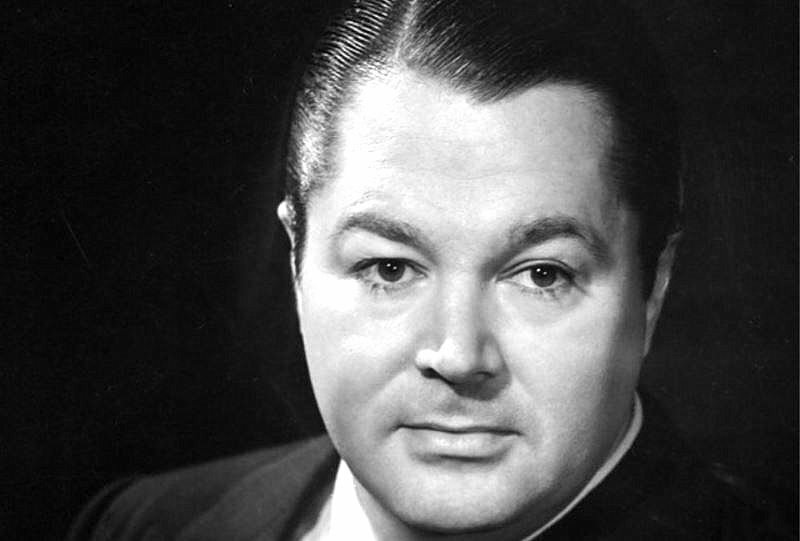
ANIBAL TROILO
“Pichuco”
A bandoneon player, composer, arranger, and bandleader in Argentina, Annibal Troilo was a large man who plays the instrument with his eyes closed in concentration, chin hanging and is slightly leaning forward. As Encyclopedia has described,
he established the basic sound of the tango in the ears of many non-Argentine listeners. He brought the tango ensemble to a new level of differentiation and sophistication.
BRIEF HISTORY: Anibal Troilo was born on the 11th of July 1914 to a family who was not musical at the least in Buenos Aires, Argentina.
As a young boy, Pichuco heard the sound of the bandoneón in the bars of his neighborhood and it encouraged him to play one. He then convinced his mother to buy him his first instrument at the age of ten.
Fortunately, his mother bought him one to be paid off in monthly installments. He kept this instrument and played it for the rest of his life.

The following year, Pichuco played his first performance at the large Abasto market, and was soon hired to accompany silent films at the Teatro Colón.
At the age of fourteen, he formed his first quintet.
He joined one of the top groups in Buenos Aires in the 1930s, the Vardaro-Pugliese sextet.
He finally launched his own band in 1937. And in the following year, he married Ida Calachi and made his first recordings as a leader for the Odeon label.
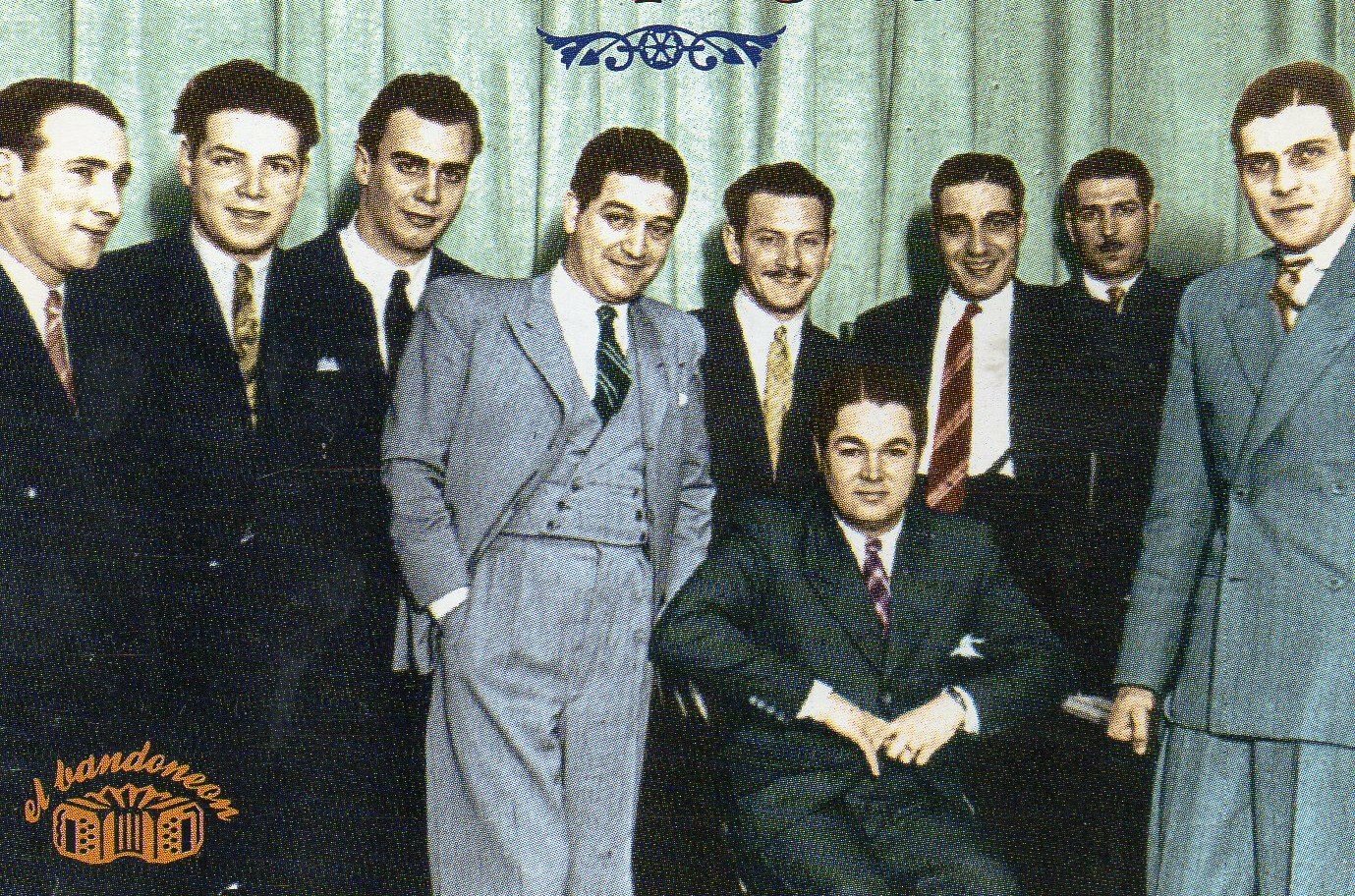
Tango Home noted that Troilo’s style has changed a lot since 1938.
“He became slower, more musically deep, he even silenced some parts of the orchestra, and sometimes even the whole group for a couple seconds.”
NICKNAME: His father, with the same name, called him “Pichuco”, an alteration of the Neapolitan "picciuso", meaning weepy or crybaby.
MUSICALITY: He popularized “The Troilo Sound”. As described by The Brisbane House of Tango, the“Troilo Sound” in tango is described as
“a rich, fluid approach to the tango which juxtaposed staccato and legato figures.”
His solos were varied in texture and could be quite complex rhythmically. This provides a challenge for the best tango dancers.
FUN FACT: At the center of Troilo's sound stood his own bandoneón. He often said that he would die playing it, and in fact he passed away shortly after finishing a rendition of it.
To commemorate him as one of the nation's most celebrated musicians, the National Congress of Argentina in 2005 declared July 11 (Troilo's birthday) to be National Bandoneón Day.

CARLOS DI SARLI
El Señor del Tango
He was an orchestra leader,, pianist and composer. El Recodo Tango described him as
the maestro who succeeded in creating a style that can be identified from the first notes and which fascinates tango lovers from all generations.
BRIEF HISTORY: Carlos di Sarli Rusomano was born on the 7th of January 1903 in Bahia Blanca. Contrary to Pichuco. He woke up to a family of musicians. He was the 8th child of the Italian immigrant, Miguel DiSarli, and the daughter of a then famous singer, Serafina Russomano.
Probably due to the influence of his siblings who became famous musicians and singers, he discovered his love for music and piano.
Di Sarli, at the young age of thirteen, partnered up with no-name artists that played popular music and tango.
In the same year, (13 years old) he also suffered an accident costing him an eye. Since then, he could always be seen wearing dark glasses to conceal his eyes.
At the age of nineteen, he moved to Buenos Aires and played at various orchestras before he found Osvaldo Fresedo. The person who became his friend and idol.
Di Sarli made his first recording in 1939 after reforming his band. The recording included ‘Corazon,’ which is considered a classic. And for the next decade, his music flourished and he became popular amongst tango dancers.
NICKNAME: He was nicknamed El Señor del Tango (The Lord of Tango) when his career rose along with the ‘Golden Age of Tango.’
MUSICALITY: According to El Recodo Tango,
the man with the black glasses is probably the most mysterious orchestra conductor. The obvious simplicity of his arrangements hides the perfect adjustment between instruments, which is probably how he can get such unique-or better said magic-sounding.
Endre Tango added,
his style is clearly defined: melody, sounding, rhythmical accents, and of course the voice of Roberto Rufino.
Todo Tango also noted,
El Señor del Tango (The Lord of Tango) was absolutely respectful of melody and the spirit of the composers of his repertoire, embellishing the orchestral instrumentation with nuances and subtle details, staying away from the false contradiction that existed between the evocative traditional tango and the avant-garde stream.
MIGUEL CALÓ
He was one of the famous bandoneon player, composer and leader of the orchestra. He was also one of the genre’s most popular musicians.
BRIEF HISTORY: Miguel Caló was born on the 28th of October 1907 in Balvanera in Buenos Aires. He started learning how to play the violin and the bandoneon at a young age.
When he reached the age of 22, he formed his very first orchestra which later then dissolved when he joined Catulo Castillo’s orchestra. A style familiar to Fresedo and a sound that resembles Carlos di Sarli can be heard on first stage of his musical evolution in 1934.
It was in the 1940s however when his maturity as a director was greatly showed. As Todo Tango has explained,
At this second stage, Caló carried out and developed a style that connects traditional tango with the innovations of the age, without stridence, with a highlighted presence of the violins, a rhythmic bandoneon section and a spectacular piano, played by Osmar Maderna the first year, who was later replaced by Miguel Nijensohn, on his comeback to the orchestra.
Caló’s orchestra was the seed for many great musicians and orchestras. Some of these people are Domingo Federico, Enrique Francini, violinist and Armando Pontier, bandoneonist, who all started their own orchestra. Osmar Maderna, also a great pianist, came from his orchestra.
ORCHESTRAS: Even though he was one of the great orchestra leaders, his compositions were considered otherwise. Some of his beautiful works in collaboration with Osmar Maderna are “Jamás retornarás”and “Qué te importa que te llore,” both sung by Raul Beron.
Thanks to these people, Argentine Tango survived through all the difficulties it faced during the early ’30s. The new generation of artists gathers inspiration from them.
The music has evolved through the years. However, dancing with the classics could never go wrong. It offers authenticity and a sense of comfort knowing that the generation before enjoyed it as much as the new generation is today.

Tango Secrets Summit - here directly from 20+ TangoMaestros and Researchers

